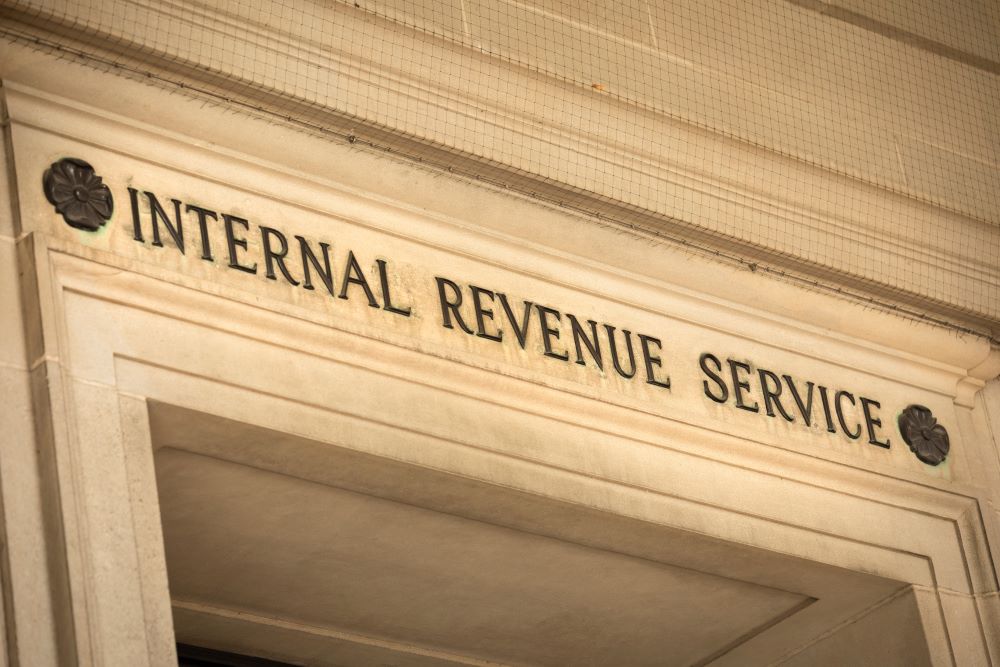
October 14, 2021

The arrival of the pandemic was so unexpected and jarring that many were caught off guard when restrictive government orders were issued. Many Atlanta businesses were forced to shut down while others could only operate in a limited capacity. Financial conditions for many business owners were dire, but desperately need help came in the form of federal COVID-19 relief programs through the Small Business Administration (SBA). One of the most popular has been the Employee Retention Tax Credit (ERC) which has provided both tax relief and refund payments throughout the pandemic. In other words, it has been an essential lifeline for those struggling to survive. In fact, in 2021 alone, more than 30,000 small businesses claimed more than $1 billion in credits. Although most focus on eligibility, calculations, and the filing process, it is important not to forget about documentation. As the program comes in December, it is expected the IRS will step up enforcement efforts against fraudulent claims. To help clients, prospects, and others, Wilson Lewis has provided a summary of key considerations below.
Like many of the other Small Business Administration (SBA) relief programs, the ERC has undergone several changes since being introduced as part of the CARES Act. When first introduced there was very little guidance available from the IRS, leaving businesses to make subjective decisions about eligibility, qualifying wages, and quarterly credit calculation. Matters become more complicated when the ERC was updated for 2021 extending eligibility to even more companies, offering a larger credit amount, and even creating new business classifications to provide even greater savings. While beneficial to struggling companies the change also introduced a new set of rules and regulations to follow.
In addition, there is an even higher risk associated with ERC advances. This permits a qualifying company to receive an advanced refund before quarterly payroll tax filings are submitted and paid. In many cases, the advance was received in a few short days. Errors in eligibility, calculations, filing, and even the failure to reimburse advances, can open the door to IRS scrutiny.
To demonstrate the potential for errors, the Treasury Inspector General for Tax Administration (TIGTA) reported finding dozens of Form 941 returns with fraudulent credit claims totaling over $1M. Given the analysis was conducted on a small sample size, it is easy to understand how broader enforcement will lead to the uncovering of additional fraud.
The reality is the process places the burden of proof on any entity requesting the credits. That burden of proof may come in the form of an audit, which can extend up to five years after receiving the ERC.
The best defense against a future audit of ERCs is detailed and thorough documentation. It’s not enough to document how the credits were calculated, though that’s an obvious first step. Companies should also keep records of payroll data, including but not limited to total employee count, staff schedules, timesheets, wages, health insurance costs, and employment status. Seasonal businesses have additional documentation requirements in terms of employee count.
It would also be wise to keep a detailed record of sales volume both in the quarter(s) in which ERTC was claimed as well as the corresponding previous period used to compare revenue. Know how the IRS determines revenue in this case. For-profit businesses must keep a record of receipts for operating revenue and investment income. Non-profit organizations must document all revenue shown on Form 990, such as contributions, pledges, and the gross amount of investment sales.
Companies will also want to keep records of government-issued business notices that may have prevented opening at full capacity – this includes supplier impacts. If there are family members in the business, note that as well as their role in the business; for example, wages paid to a close relative of an owner with a business share of greater than 50 percent do not qualify for ERTC.
It is important to remember that even if a third-party provider calculated and submitted for the ERC, it is still up to the business to receive the credits to provide supporting documentation.
While it is unlikely that a business will be selected for an IRS audit, it is nonetheless important to be prepared should it occur. For this reason, it is important to carefully compile and review all documentation related to the assessment, calculation, and filing of received Employee Retention Tax Credit benefits. If you have questions about the information outlined above or need assistance with a tax or accounting issue, Wilson Lewis can help. For additional information call us at 770-476-1004 or click here to contact us. We look forward to speaking with you soon.